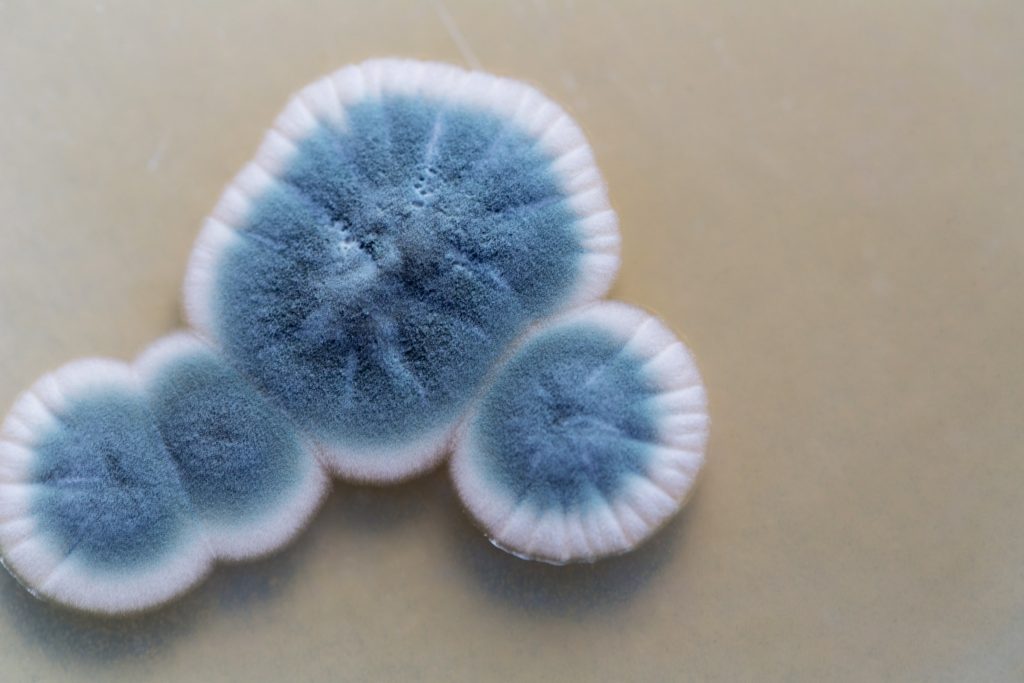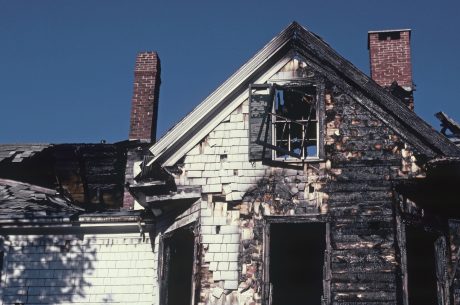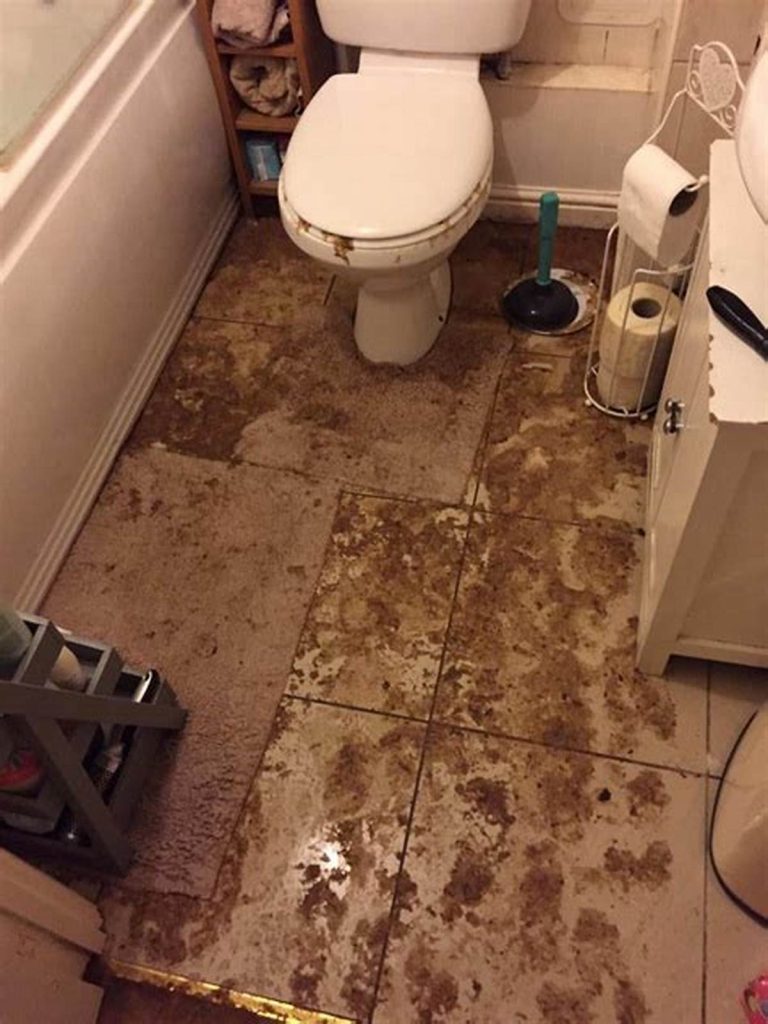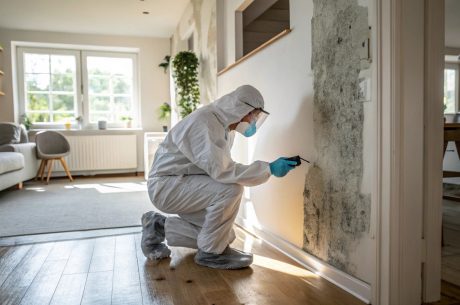In this article:

Mold exposure can cause a variety of health problems. According to the Centers for Disease Control and Prevention (CDC), mold can cause symptoms such as a stuffy nose, sore throat, coughing or wheezing, burning eyes, or skin rash. People with asthma or who are allergic to mold may have severe reactions.

Mold remediation is a process that involves removing mold from your home and preventing it from coming back. Here are some steps you can take to get rid of mold and keep it from returning:
- Identify the source of the mold: Mold thrives in damp and humid environments, so it’s important to identify the source of the moisture that’s causing the mold growth. Common sources of moisture include leaks, condensation, and high humidity levels.
- Clean up the mold: Once you’ve identified the source of the mold, you can begin the process of cleaning it up. Be sure to wear protective gear such as gloves, goggles, and a mask to avoid inhaling mold spores. Use a solution of water and detergent to clean non-porous surfaces, and discard any porous materials that are contaminated with mold.
- Dry the affected area: After cleaning up the mold, it’s important to dry the affected area thoroughly to prevent the mold from returning. Use fans and dehumidifiers to circulate air and reduce humidity levels.
- Prevent future mold growth: To prevent mold from returning, you’ll need to address the source of the moisture that caused the mold growth in the first place. Fix any leaks or other sources of moisture, and maintain a humidity level of 60% or lower in your home.
- Consider professional mold remediation: If the mold growth is extensive or if you’re not comfortable cleaning it up yourself, consider hiring a professional mold remediation company to handle the job.



 PuroClean of San Clemente
PuroClean of San Clemente